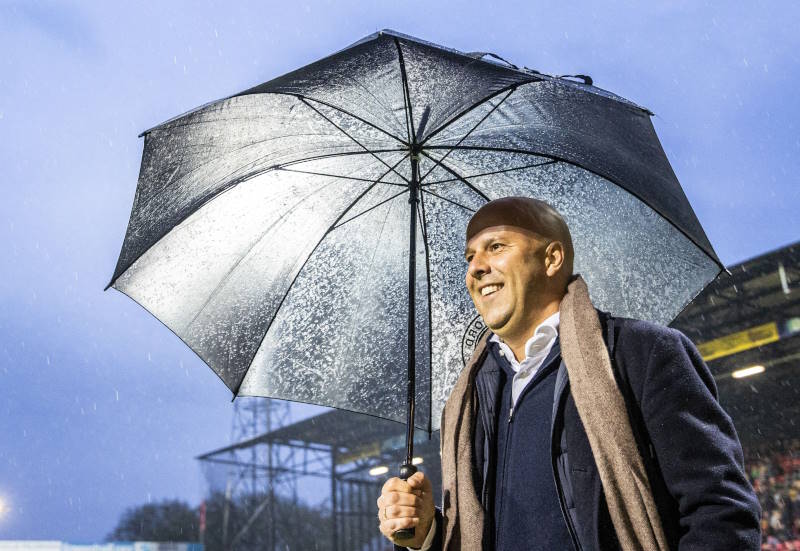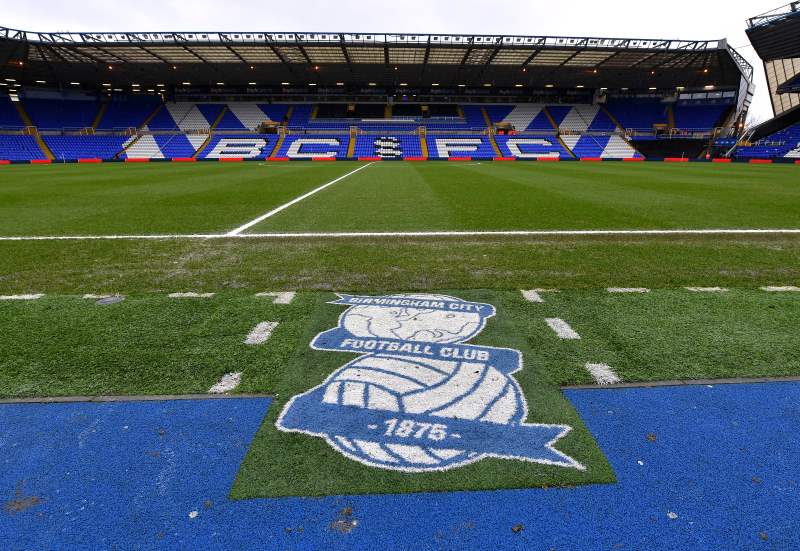
Scottish football has been in the doldrums for too long and there is so much negativity surrounding the country’s game. The critics focus solely on the problems that the game suffers from, rather than looking at what is the life and soul of the nation’s favourite sport.
Fans in Scotland live and breathe the game they call “fitba”. Across the country, in every workplace or centre of study, on a Monday morning debates rage over wonderful goals, refereeing blunders and who deserves their spot in the starting eleven. National radio phone-ins are jammed every night of the week with supporters desperate to have their say on their club’s matters.
The one point everyone agrees upon in Scotland however, is that the country’s game is at a critical point in its history. The set-up of the league has run its course and is in need of an overhaul. And while this does not mean the current system has been a failure, it does mean the game has evolved and with it the leagues must evolve too.
Scotland has a population of just six million, and football is everything to these people. For evidence of this one need look no further than the Old Firm of Celtic and Rangers. The two Glasgow clubs inspire an utterly fanatical support and last Sunday, when the two met, their clash attracted millions of viewers around the globe. It didn’t disappoint – it rarely does. Time and again the most iconic derby in the world produces exhilaration, euphoria, tension and disappointment to leave fans hooked.
The most recent meeting between the two came in the Scottish Cup, with the tie played at Ibrox, home to Rangers. Glasgow and Scotland stood still for a few hours and the stadium buzzed with an electric atmosphere. Ending 2-2, with two red cards and seven yellows, the match provided plenty of talking points, not least surrounding the fact that all four goals were scored by Scotsmen. If the critics of the Scottish game watched this match they would surely rethink their views, as the bout showcased all the positives of a healthy brand.
For a small country, Scotland arguably boasts the biggest club derby game in the world, albeit with the consequence that smaller clubs struggle to compete with the two dominant forces. This is not too different from any other league across the world though, where the league title is contested between the same two or three teams every season. The nation’s so called smaller community clubs possess a certain romance to their history however; forever the underdogs, always on the periphery competing against two Goliaths. This does though produce healthy competition throughout the Scottish leagues and gives teams something to aim for in their slim bid for success.
Only last year Ross County, a small club from Dingwall, managed to reach the final of the Scottish Cup. The minnows made their way down from the Highlands to Hampden Park, where they proved unlucky runners-up to Dundee United. En route to that final, Ross County were worthy winners over Glasgow giants Celtic in a semi-final in which they showed all the passion, grit, heart and skill the Scottish game has to offer. This was not a one-off, and in the past five years, small sides such as Queen of the South and Gretna have reached the final.
Critics who believe the game in Scotland is on its knees are short-sighted. Even with the lack of finance in the game there is much excitement on offer week in week out across the country’s leagues.
On the same day Rangers and Celtic played out a wonderfully contested match, south of the border in the English Premier League Chelsea were meeting Liverpool. There was no comparison in terms of money spent in the transfer market or a spiralling wage bill. But observers would have struggled to see a huge difference in the standard of play.
Scottish Premier League Chief Executive Neil Doncaster must take the positives Scotland has to offer when he plans a new league set-up to help take the game forward. Doncaster’s initial plans for a new 10-team Premier League were met with widespread condemnation from outraged fans and he must listen to these supporters and their advice. After all, these are the people who will be asked to attend the newly designed Premier League.
The idea of a larger top league and larger lower leagues, with a pyramid structure, is a popular choice amongst many. Tedium and familiarity bred by the current set-up in which teams meet four times a season are the main negatives voiced by those involved with the game. It is time for the powers that be to listen to the heart and soul of Scottish football. Clubs need money and fans need to be entertained – they should be given what they want.
The Scottish game is not dying – it just needs a new lease of life.













